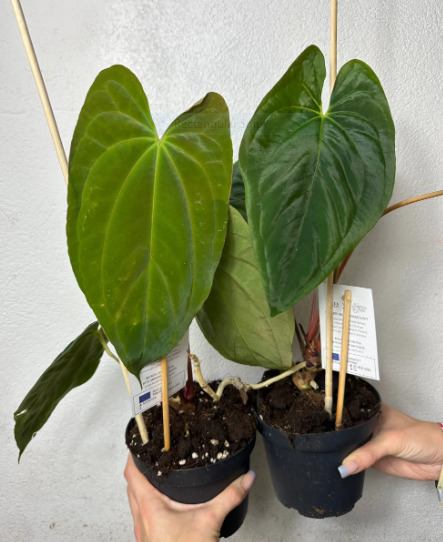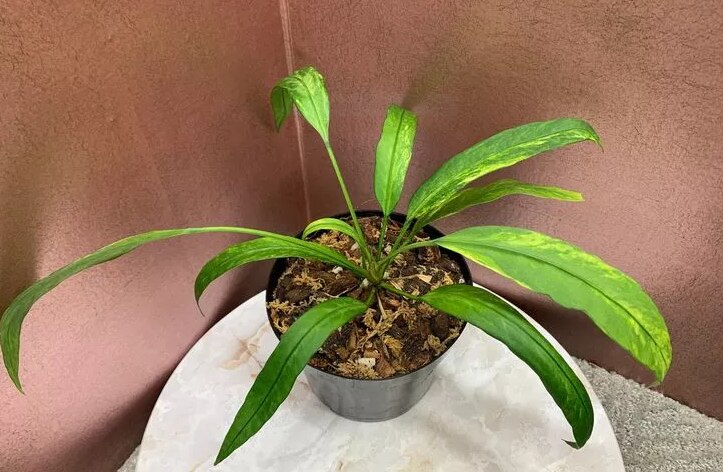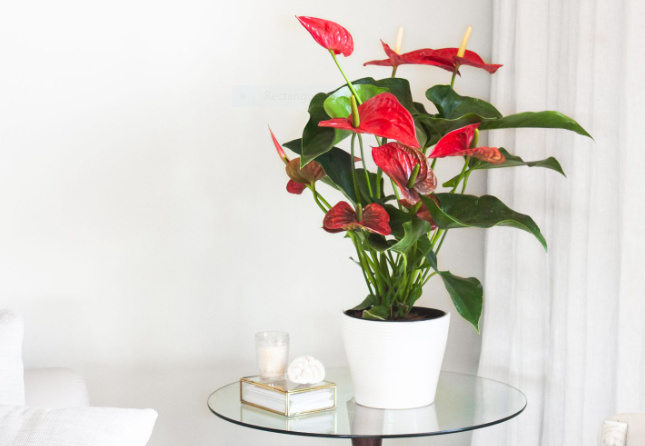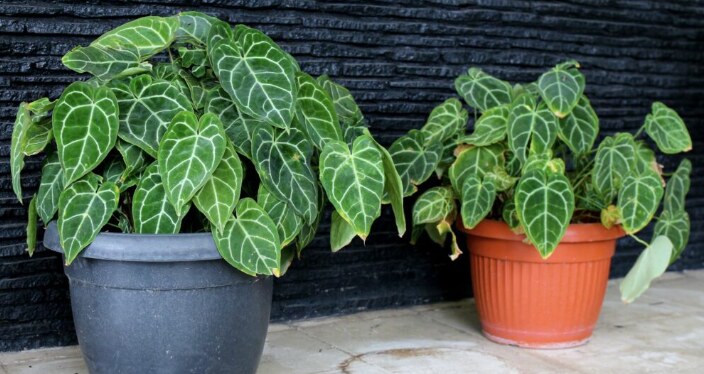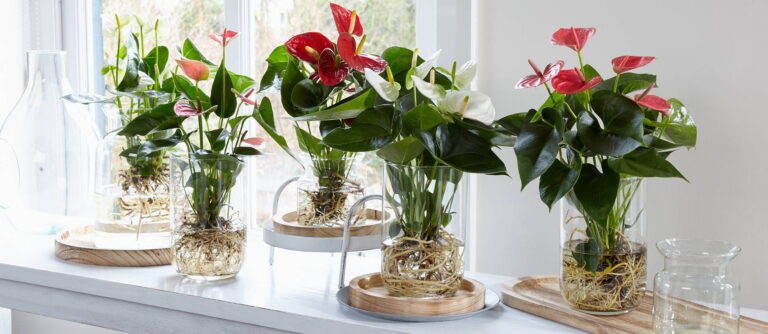Anthurium Wendlingeri: Origin, Care, and Propagation
Anthurium Wendlingeri, a tropical epiphyte, is a species of flowering plant that is known for its striking appearance. It produces long, sweeping, velvety leaves and is a top choice among pendant-leaved anthuriums. The plant is celebrated for its long, pendulous spadix that resembles a corkscrew when it matures.
In this detailed guide, we will discuss what Anthurium Wendlingeri is, its origin, care requirements, propagation methods, and its common problems with troubleshooting steps.
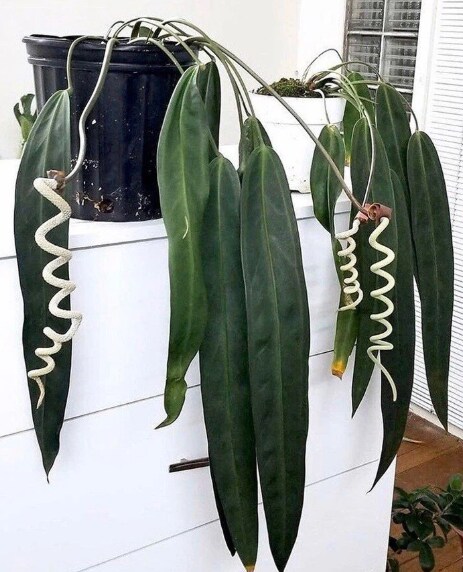
What is Anthurium Wendlingeri? Origin, Leaves, and Flowers
Anthurium Wendlingeri is a species of aroid plants in the Araceae family that grows in moist, montane tropical habitats as an epiphyte. Its distinctive foliage adds a touch of elegance and tropical flair to the hanging displays of any indoor space.
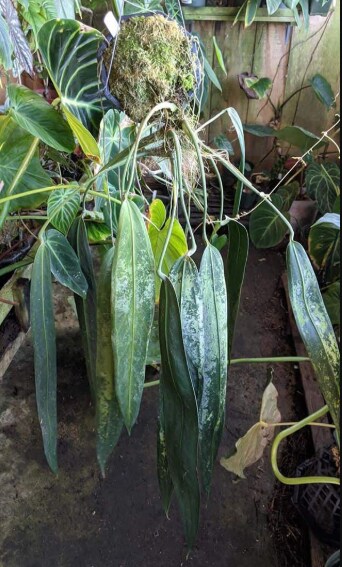
1. Origin:
Anthurium Wendlingeri is native to the tropical regions of southeastern Nicaragua to northwestern Colombia. Henorthwestern thrives as an epiphyte under the humid rainforest canopy.
2. Leaves:
Anthurium Wendlingeri produces large, glossy, and heart-shaped leaves that feature a prominent rib pattern venation. The leaves are dark green and can reach up to 12 inches long but can also vary in size.
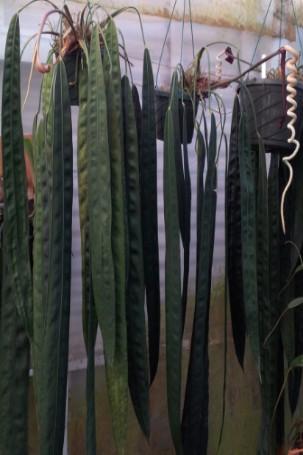
3. Flowers:
Anthurium Wendlingeri produces an inflorescence that consists of a spadix surrounded by a colorful spathe. The spathe can be green or includes shades of white, pink, and red that adds to its ornamental value. The plant produces flowers intermittently throughout the year and provides extended periods of bloom.
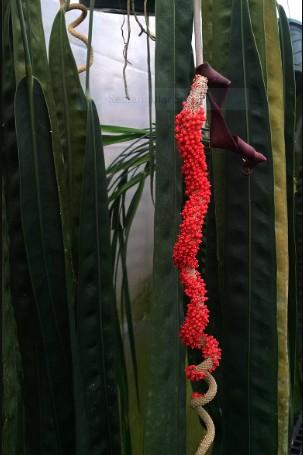
How to Grow and Care for Your Anthurium Wendlingeri Plant Indoors? Care Requirements
Anthurium Wendlingeri requires extensive care when grown indoors. If you are also a plant lover looking to grow this tropical beauty in your home garden, follow the tips and basic requirements below for proper care.
1. Anthurium Wendlingeri Soil Requirements
Anthurium wendlingeri thrives in well-draining soil rich in organic matter. This soil type will give your plant proper water drainage and good air circulation for root growth. The ideal potting mix is charcoal, perlite, and orchid bark. Anthurium prefers light and aerated soil, like an orchid, for growth. For indoor plants, use a 50/50 blend of orchid mix.
These plants love acidic soil with a pH of 5.5 to 6.5. Adding compost can boost the nutritional values of the oil mix.
2. Anthurium Wenlingeri Water Requirements
Water your Anthurium Wendlinger once a week to keep it thriving.
Watering Anthurium Wendlingeri must be done with care. This moisture-loving anthurium cannot bear the stress of excess or frequent watering. Water only when its upper layer of soil feels dry.
Waterlogging can cause bacterial infection or root rot. To protect your plant from overwatering, always choose a pot with drainage holes.
If your plant is in a 5.0 pot size and not facing direct sunlight, then in this condition, it requires 0.8 cups of water almost every nine days.
Always prefer rain or filtered water for watering. Tap water contains calcium and magnesium salts, which can harden your plant’s soil over time. Rain or filtered water helps maintain the soil’s pH and prevents mineral buildup, promoting your plant’s health.
If your plant grows in terracotta pots, it requires more watering than ceramic pot plants. This is because terracotta pots have a porous surface. According to my experience, terracotta pots are the best for growing your anthurium because they can easily get overwatered. Make sure to use an unglazed one.
Morning is the best time to water and protect your plant from diseases or infections.
3. Anthurium Wendlingeri Lighting Requirements
If you want a happy and healthy plant, grow it under bright or indirect light. Anthurium Wendlingeri hates direct sunlight, but partial or sunny morning sun spots are okay.
Always place your plant 3 to 6 feet away from a bright window.
Insufficient light results in a decrease in growth and photosynthetic rates and produces fewer flowers.
Artificial lighting can also be used to meet its lighting its needs. Make sure to place them aatsome height from your plant.
4. Anthurium Wendlingeri Temperature Requirements
Anthurium wendlingeri shows optimal growth when the temperature is not too cold or too hot. The ideal temperature range is between 18 degrees Celsius to 26 degrees Celsius.
Avoid placing your plant in cold temperatures or below 15 degrees Celsius.
If you live in USDA hardiness zones or higher, you can quickly grow this lovely plant in hanging baskets in your living area or balcony.
5. Anthurium Wendlinger Humidity Requirements
Anthurium wendlingeri is perfect for terrariums because it loves humid conditions to thrive. 50 to 60 per cent is the average humidity requirement.
Seventy per cent or higher humidity level is best for optimal growth.
To maintain its humidity level:
6. Anthurium Wendlingeri Fertilizer Requirements
Anthurium wendlingeri is a fast-growing plant that uses nutrients in the soil pretty quickly. Therefore, fertilize it once a month when it actively growing. Further, fertilizing depends upon the season and location. Feed it with compost or organic fertilizers every 1 to 2 months to keep it flourishing.
The growing season is the ideal time to add fertilizers. If your plant’s location is warmer, feeding the fertilizer requires more than usual.
Balanced fertilizer with a 10:10:10 ratio of NPK is perfect for optimal growth.
7.When to Repot Your Anthurium Wendlingeri?
Repot your Anthurium Wendlingeri plant every couple of years when its roots outgrow the current pot. Here is the step-by-step guide on how to repot your Anthurium Wendlingeri:
8. Pruning Guide for Anthurium Wendlingeri
The ideal time for pruning Anthurium wendlingeri is the growing season (spring and summer) because the plant is actively growing. Pruning helps maintain the plant’s appearance and promotes healthy growth.
Suppose you have seen any wilted, yellow, or damaged leaves; cut them off to protect the remaining part of your plant from any problems. This process makes your anthurium last longer.
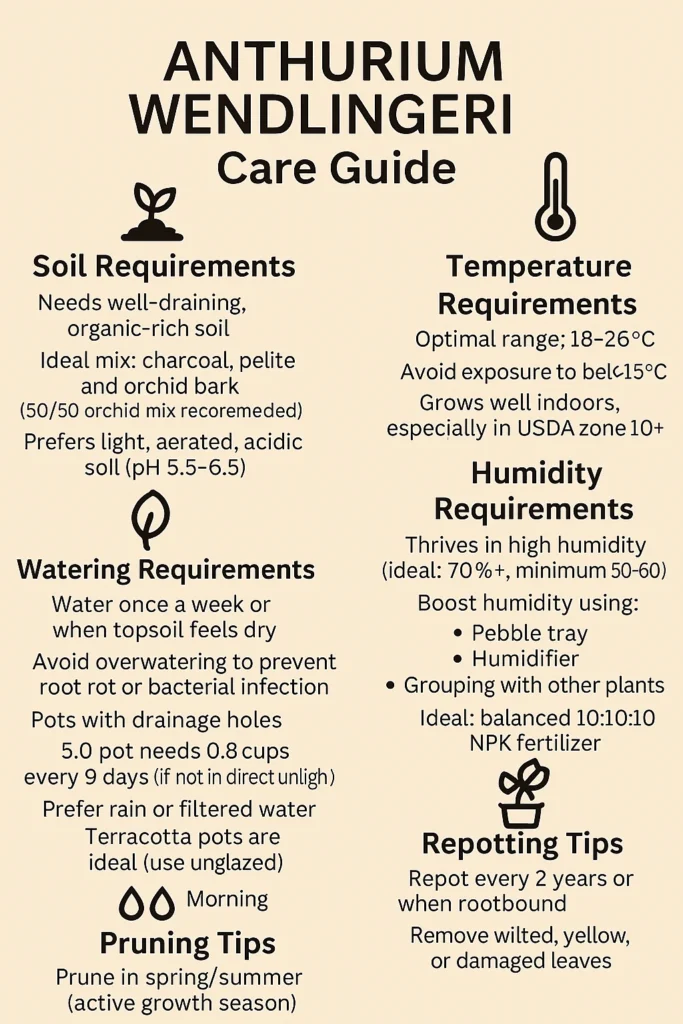
How to Propagate Anthurium Wendlingeri Seedlings? Methods and Steps Explained
Anthurium Wendlingeri can be propagated through root divisions and stem cuttings. Remember, seedlings are delicate and can struggle if disturbed too soon. To prevent transplant shock, it’s best not to remove them from their original pot until they reach a height of 3 inches. Patience is vital in this process, and it will be rewarded with healthy, mature plants.
Let’s discuss toth methods of propagation of your Anthurium Wendlingeri:
1. Propagation Through Root Division
2. Propagation Through Stem Cuttings
Common Problems of Anthurium Wendlingeri
1. Root Rot
Your anthurium is facing the problem of root rot in two conditions: overwatering and second is poor drainage soil. In this problem, your plant’s leaves start drooping and wilting, and they become soggy and mushy.
2. Bacterial Infections
If your plant leaves turn yellow, it indicates that your plant is facing a bacterial infection. This disease or infection spreads too fast through the plant’s vascular system.
3. Brown Tips of Leaves
Brown tips on leaves indicate that your plant is experiencing overwatering, which causes its flowers to turn brown.
4. Pests
Anthurium wendlingeri is a lovely plant that attracts some pests, which include mealybugs, spider mites, aphids, snails, and slugs. These pests suck the plant sap juice and cause many problems.
You can use slug pellets or diatomaceous earth to prevent irom slugs or snail attacks. Sprinkle some coffee grounds as a natural protector from any pests or infections.
You can deal with other pests by using neem oil or liquid soap.
Benefits of Anthurium Wendlingeri
FAQS
1. How can we minimize the risk of transplant shock for Anthurium wendlingeri?
Proper watering before the propagation or repotting process can minimize the risk of transplant shock. Start with the water thoroughly at least one day before.
2. Is garden soil a good option for anthurium wendlingeri growth?
Garden soil is an unhealthy and cheap option. Garden soil is dense and has no proper air circulation. This poor drainage soil can damage your plant growth. So, it’s better to use good quality soil that is well draining.
3. Is the use of bark good for anthurium species?
Yes! The bark is an acidic, chunky material, and anthurium species love to grow in acidic mediums. Using bark ensures that the oil has maximum space for air circulation and water.
Also Check What is Anthurium Vittarifolium?
Conclusion
Anthurium Wendlingeri is a beautiful tropical plant that produces striking, glossy, and velvety leaves when it is properly cared for. This plant thrives when it receives enough humidity, bright indirect light, warm temperature, regular watering, and other care requirements.
Keep your Anthurium Wendlingeri healthy by pruning off dead or damaged foliage and treating it for pests and other diseases.
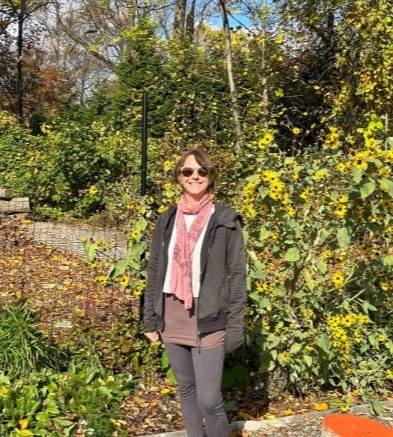
About Author
Hi, I’m Emily Davis, a passionate tropical plant enthusiast dedicated to sharing knowledge and expertise with plant lovers. Through his blog, I will provide guides, tips, and tricks for caring for tropical houseplants species like Alocasia, Anthurium, Calathea, Philodendron, Begonia, and many more that will help readers bring a touch of paradise into their own homes. With a deep love for the vibrant colors and lush textures of tropical flora, I’m committed to inspiring others to cultivate their own tropical oasis.

